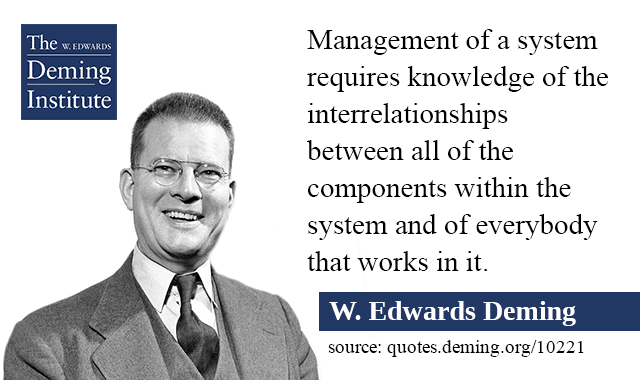Guest post by John Hunter, founder of CuriousCat.com.
When a company’s culture rots, eventually everyone pays: customers, employees, stockholders, and suppliers. Yet, when the focus is on the short term, the long-term consequences are easy to ignore, even though everyone eventually suffers.
Once those consequences are realized, there is interest in addressing the consequences of the problems. But efforts often focus on short-term tactics without much appreciation for long-term thinking or an understanding of the organization as a system. Such efforts will fail to change the culture. Sadly, that is usually how we proceed.
Boeing provided an example of this situation last year. After several tragedies resulted in investigations of what when wrong, Boeing’s dysfunctional culture has been widely recognized as a serious problem. As investigations proceed, Boeing released emails and messages exchanged within the company.
The messages, disclosed on Thursday, show attempts to duck regulatory scrutiny with employees disparaging the plane, the company, the Federal Aviation Administration and foreign aviation regulators.
…
In particular, some of the communications reveal efforts by Boeing to avoid making pilot simulator training – an expensive and time-consuming process – a requirement for the 737 MAX.
…
The release of the messages, which highlight an aggressive cost-cutting culture and disrespect towards the FAA, is set to deepen the crisis at Boeing…

Boeing is just a recent example. Dennis Sergent addressed this issues in an earlier post on this blog, The Ethics of Quality
A system that values cost cutting, headcount reduction, or efficiency over quality, devalues the ethical behaviors of quality. We only need to look at the recent news media to see examples like Wells Fargo, Takata, Enron, Volkswagen, the Veteran’s Administration, WorldCom, and numerous auto-maker recalls. In these examples, we can see the effects of unethical manipulation of the numbers or manipulation of the system
It is difficult to create a company culture that promotes: raising difficult issues, long-term sustainable success, ethical behavior, true customer focus, respect for people and continual improvement. But it is not impossible; there are many good examples that provide insight into using better management practices. Some of our previous blog posts look at such examples, including: Applying Quality as a Business Strategy at Hallmark Building Supplies, Deming’s Ideas in Action: Trader Joe’s Culture (a company culture that is working) and Transforming Jet-Hot by Viewing the Organization as a System.
I wrote about transforming the management system of an organization previously. The advice I gave there is my best advice for how to address a situation like Boeing faces today. What is needed is long-term effort with an appreciation for the organization as a system. There is no simple recipe to follow. There is a need for leadership with knowledge of the management principles necessary to create a strong culture and a long-term commitment to action, experimentation, and continual improvement.
Creating a culture where challenging the status quo is encouraged, rather than silenced, is a powerful tool to expose dysfunction within the organization. Our organizations face powerful pressure to hide problems and put a positive spin on results.
The management system needs to intentionally counteract this tendency. The costs of cultural rot in our organizations are too high to ignore even though transforming the organizational culture is challenging.
Related: Transformation of the Individual and the Organization – The Trouble with Incentives: They Work – Using Deming’s Ideas When Your Organization Doesn’t – The Defect Black Market (how systems drive behavior)



